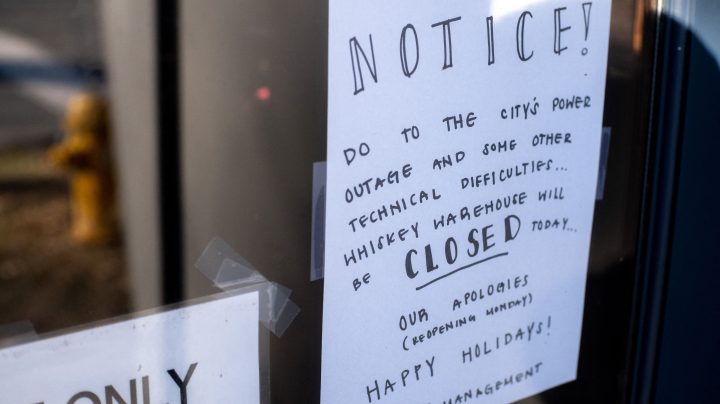
After a holiday marked by power failures, what’s being done to ensure the lights stay on?
After a holiday marked by power failures, what’s being done to ensure the lights stay on?

More than a million American households spent the holidays without power as extreme cold weather gripped much of the country. Most have their power back following rolling outages.
But what’s being done to shore up the power grid and ensure the lights stay on for everyone?
With each passing year, the electrical grid that delivers our power gets a little more vulnerable, according to Trevor Curwin, director of strategic partnerships at automotive consumer company Sheeva.AI.
“Increasingly, the hardware that we use to deliver it — the wires, the substations — all of that is getting a little rundown,” he said.
Some utilities haven’t done enough to maintain their aging systems, Curwin added. Now, climate change is making extreme weather events — and impacts on the grid — worse.
“We need a massive maintenance project around the power grid to increase resiliency, as there are more storms and the storms are harsher,” he said.
Many utilities underestimated electricity demand over the holidays and some power plants failed to operate, said Simon Mahan, executive director of the Southern Renewable Energy Association.
To minimize future blackouts, he said the country needs more transmission lines to move power from where it’s being generated to where it’s needed.
“If you’re not able to send enough megawatts from one region to another, then it’s sort of like you’re pinching a straw and not allowing enough flow from one to the next,” Mahan said.
Last month, the Biden administration announced $13 billion in funding to harden the nation’s power grid against extreme weather and climate change, and to build new transmission lines. Demand on the grid is also expected to grow with the push to decarbonize, said Peter Fox-Penner, partner at Energy Impact Partners.
“That is changing how the system has to be designed and operated and built,” he said.
Another critical need, he added, is building more local power storage to make the grid cleaner and more resilient.
There’s a lot happening in the world. Through it all, Marketplace is here for you.
You rely on Marketplace to break down the world’s events and tell you how it affects you in a fact-based, approachable way. We rely on your financial support to keep making that possible.
Your donation today powers the independent journalism that you rely on. For just $5/month, you can help sustain Marketplace so we can keep reporting on the things that matter to you.
















